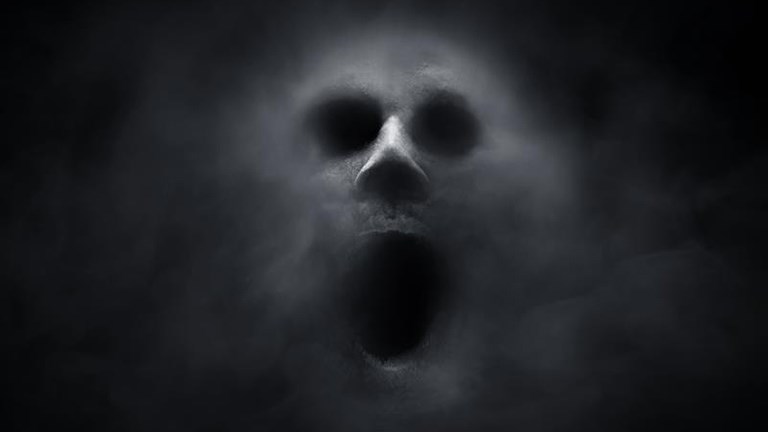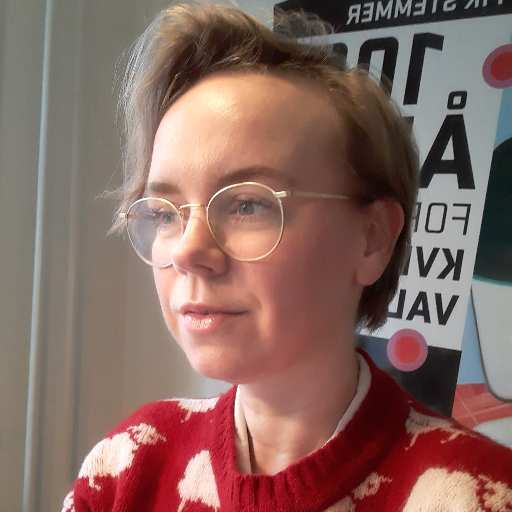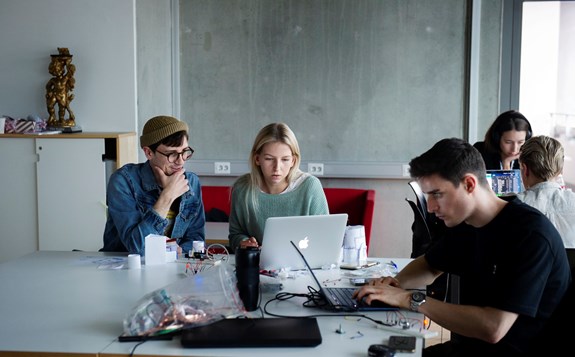Month of monsters at Malmö University

What does it mean to be labelled so different that you are considered inhuman – a monster? This is one of the questions that interests researchers at Malmö University.
Exhibitions, comic strips, research and creative writing. For one month, monsters will take over Open Space in the Niagara building at Malmö University.
“The overall theme is foul play and playfulness. We want to explore playfulness linked to monsters and Halloween,” says Line Henriksen, lecturer and director of the Monster Lab research group.
Monster Month is the brainchild of Monster Lab and starts on 21 October. Teachers and students on the creative writing and comic book illustration courses will produce texts and drawings on the theme. For inspiration, they visited the unique Museum Obscurum in Nykøbing Falster, which displays the many eerie and strange finds from around the world of fictional collector Cornelius SC Rödder.
Growing area of research
According to Henriksen, academic interest in monsters has increased since the 1990s. Not as a depiction of something purely evil and absolutely inhuman, but rather as a symbol of ‘otherness’ and difference and as a way of challenging perceptions of what is normal. The monster as an expression of the experience of marginalisation is examined in research fields such as feminist theory, queer theory and decolonial theory.
What does it mean to be labelled so different that you are considered inhuman – a monster? What does a monster look like? What are the ethical, political and social consequences? The monster is not only a threatening figure, but can also be one of promise, says Henriksen.
What is normal?
Monster research is now a large interdisciplinary field that explores the systems that determine what is normal and, consequently, what is considered abnormal.
“Monster Month is about representation and artistic research, about being open to difference and visualising and articulating all the monsters we are dealing with right now,” says Åsa Harvard Maare, senior lecturer in visual communication at the School of Arts and Communication (K3).
Monster Month
Monster Month will take place in the Open Space exhibition hall on the ground floor of Niagara from 21 October to 21 November. There will be game nights, seminars, readings, workshops, a death café and much more.
The programme is continuously updated



